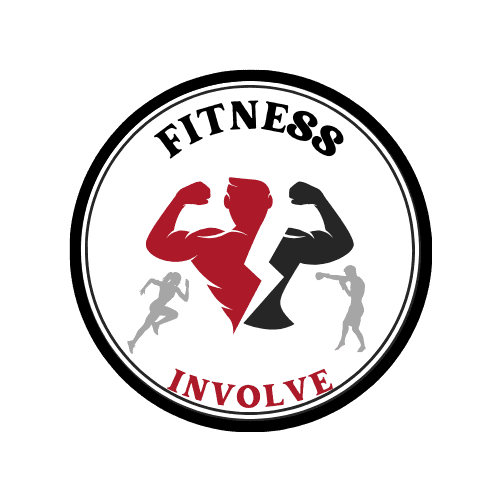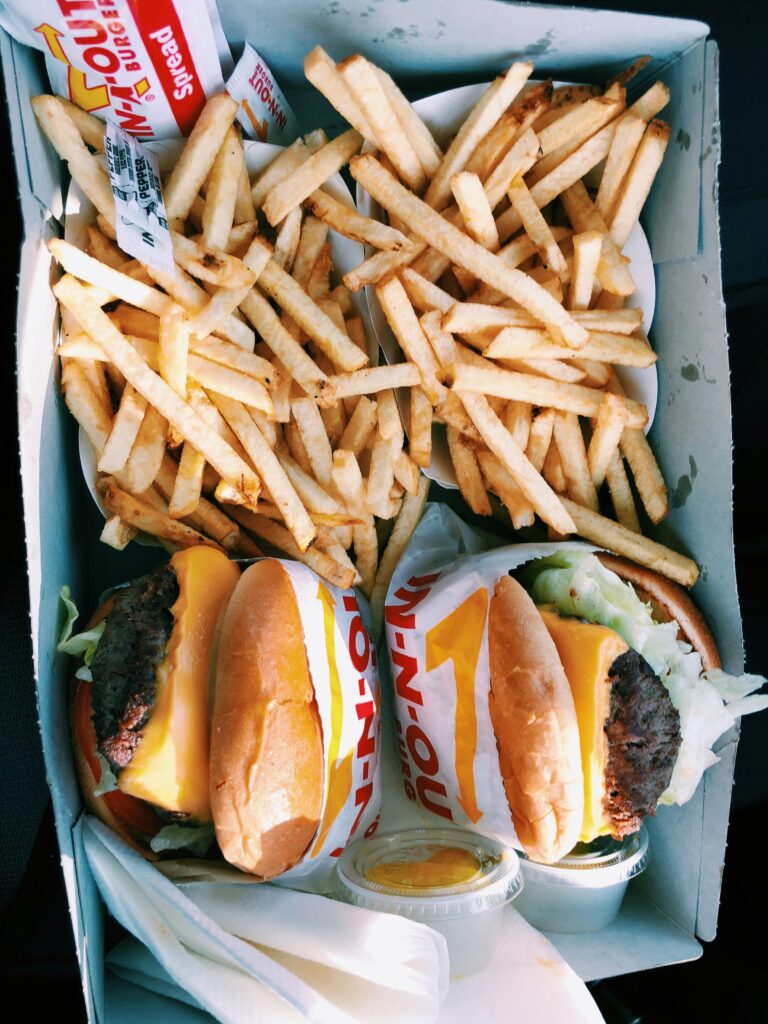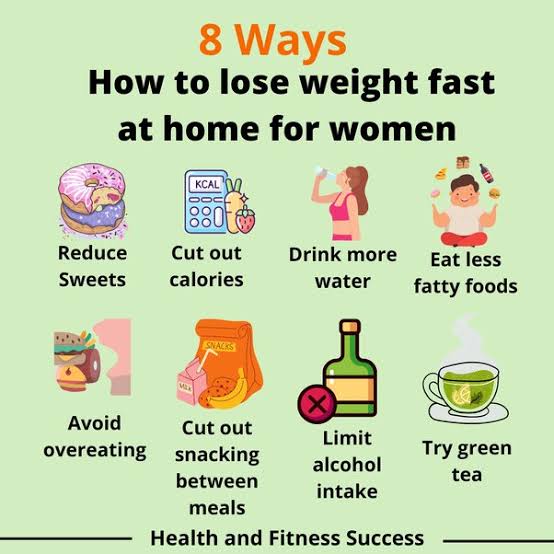

Losing weight involves a combination of healthy eating, regular exercise, and lifestyle changes. Focus on a balanced diet with plenty of fruits, vegetables, lean proteins, and whole grains is very efffective in weight loss.. Incorporate regular exercise into your routine, aiming for at least 30 minutes most days of the week. Also, prioritize adequate sleep, manage stress levels, and stay hydrated. Avoid crash diets or extreme measures, as they’re often unsustainable and can be harmful to your health. Consistency and patience are key to long-term success. Remember to drink plenty of water throughout the day and adjust portion sizes to your specific calorie needs.
Healthy Eating : Focus on consuming whole, nutrient-dense foods like fruits, vegetables, lean proteins, and whole grains. Limit processed foods, sugary snacks, and beverages high in calories.
Portion Control : Be mindful of portion sizes to avoid overeating. Use smaller plates, measure servings, and pay attention to hunger cues.
Regular Exercise : Incorporate both cardiovascular exercises (like walking, running, or cycling) and strength training (such as weightlifting or bodyweight exercises) into your routine. Aim for at least 150 minutes of moderate aerobic activity or 75 minutes of vigorous activity per week, along with muscle-strengthening activities on two or more days per week.
Stay Hydrated : Drink plenty of water throughout the day, as it can help control appetite and support metabolism.
Get Adequate Sleep : Aim for 7-9 hours of quality sleep per night. Poor sleep can disrupt hunger hormones and lead to weight gain.
Manage Stress : Practice stress-reduction techniques such as meditation, deep breathing, or yoga to prevent emotional eating.
Set Realistic Goals : Aim for gradual, sustainable weight loss of 1-2 pounds per week.
Seek Support : Consider joining a support group, working with a registered dietitian, or partnering with a friend or family member to help you stay accountable and motivated.
A daily diet for weight loss should be balanced and nutritious, focusing on whole foods and maintaining a calorie deficit. Here’s a simple plan you can follow:
Breakfast: Start with a high-protein option like scrambled eggs with spinach and a slice of whole-grain toast.
Mid-Morning Snack: Have a piece of fruit, such as an apple or a handful of berries.
Lunch: Opt for a salad with mixed greens, grilled chicken, a variety of vegetables, and a vinaigrette dressing.
Afternoon Snack: Choose a healthy snack like yogurt or a small handful of nuts.
Dinner: Prepare a balanced meal with a lean protein source (like fish or tofu), steamed vegetables, and quinoa or brown rice.
Evening Snack: If you’re hungry, go for something light like carrot sticks with hummus.
When focusing on Weight loss, it’s important to be mindful of certain foods that can hinder your progress. Here are some foods to limit or avoid:
French Fries and Potato Chips : High in calories and fat, these can contribute to weight gain1.
Sugary Drinks: Beverages like soda are high in calories and can lead to increased fat storage1.
White Bread : Refined and often high in sugar, it can spike blood sugar levels1.
Baked Goods : Cookies, pastries, and desserts are usually high in added sugars and trans fats2.
Fried Foods : Generally high in calories, salt, and unhealthy fats2.
High-Fat Foods : Fast foods, whipped cream, fatty meats, and certain snacks can be very calorie-dense.

Exercise plays a crucial role in weight loss by helping you burn calories and improve your overall health. Here are some effective exercises for weight loss:
1.Cardiovascular Exercises: Activities that get your heart rate up and increase your breathing rate are great for burning calories. Examples include:
Running or jogging
Cycling
Swimming
Jumping rope
High-intensity interval training (HIIT) workouts
2. Strength Training: Building lean muscle mass can boost your metabolism and help you burn more calories even at rest. Incorporate strength training exercises such as:
Weightlifting
Bodyweight exercises (e.g., squats, lunges, push-ups)
Resistance band exercises
Pilates
Yoga (especially power yoga or vinyasa flow)
3.Interval Training: Alternating between high-intensity bursts of exercise and periods of rest or lower intensity can maximize calorie burn and improve cardiovascular fitness. Examples include:
Sprint intervals (e.g., sprinting for 30 seconds followed by 1 minute of walking or jogging)
Tabata workouts (20 seconds of intense exercise followed by 10 seconds of rest, repeated for 4 minutes)
Circuit training (performing a series of exercises back-to-back with minimal rest)
4.Functional Training: Exercises that mimic everyday movements and engage multiple muscle groups simultaneously can improve strength, balance, and coordination while burning calories. Examples include:
Kettlebell swings
Medicine ball exercises
TRX suspension training
Balance exercises (e.g., single-leg squats, stability ball exercises)
5. Incorporate Variety: Mixing up your exercise routine not only prevents boredom but also challenges your body in different ways, leading to better results. Try different types of workouts, activities, and classes to keep things interesting and continue making progress toward your weight loss goals.
SOURCE : YOUTUBE

SOURCE : YOUTUBE
Vegetarian Weight Loss Diet Plan:
Breakfast:
Option 1: Smoothie made with spinach, banana, almond milk, and protein powder.
Option 2: Greek yogurt topped with berries and a sprinkle of chia seeds.
Mid-Morning Snack:
Handful of mixed nuts (almonds, walnuts, and pistachios).
Lunch:
Option 1: Quinoa salad with mixed vegetables (bell peppers, cucumbers, tomatoes) and chickpeas, dressed with olive oil and lemon juice.
Option 2: Lentil soup with a side of mixed green salad and a slice of whole-grain bread.
Afternoon Snack:
Carrot and cucumber sticks with hummus.
Dinner:
Option 1: Grilled tofu or tempeh with roasted vegetables (zucchini, bell peppers, broccoli) and a small portion of brown rice.
Option 2: Stir-fried vegetables (spinach, mushrooms, bell peppers) with tofu and quinoa.
Non-Vegetarian Weight Loss Diet Plan:
Breakfast:
Option 1: Scrambled eggs with spinach and tomatoes, served with whole-grain toast.
Option 2: Greek yogurt parfait with mixed berries and a drizzle of honey.
Mid-Morning Snack:
Sliced turkey breast with cucumber and cherry tomatoes.
Lunch:
Option 1: Grilled chicken salad with mixed greens, avocado, and a vinaigrette dressing.
Option 2: Salad sandwich on whole-grain bread with lettuce and tomato.
Afternoon Snack:
Cottage cheese with pineapple chunks or a protein shake made with whey protein and almond milk.
Dinner:
Option 1: Baked salmon with steamed broccoli and quinoa.
Option 2:Chicken stir-fry with mixed vegetables (bell peppers, snap peas, carrots) and brown rice.